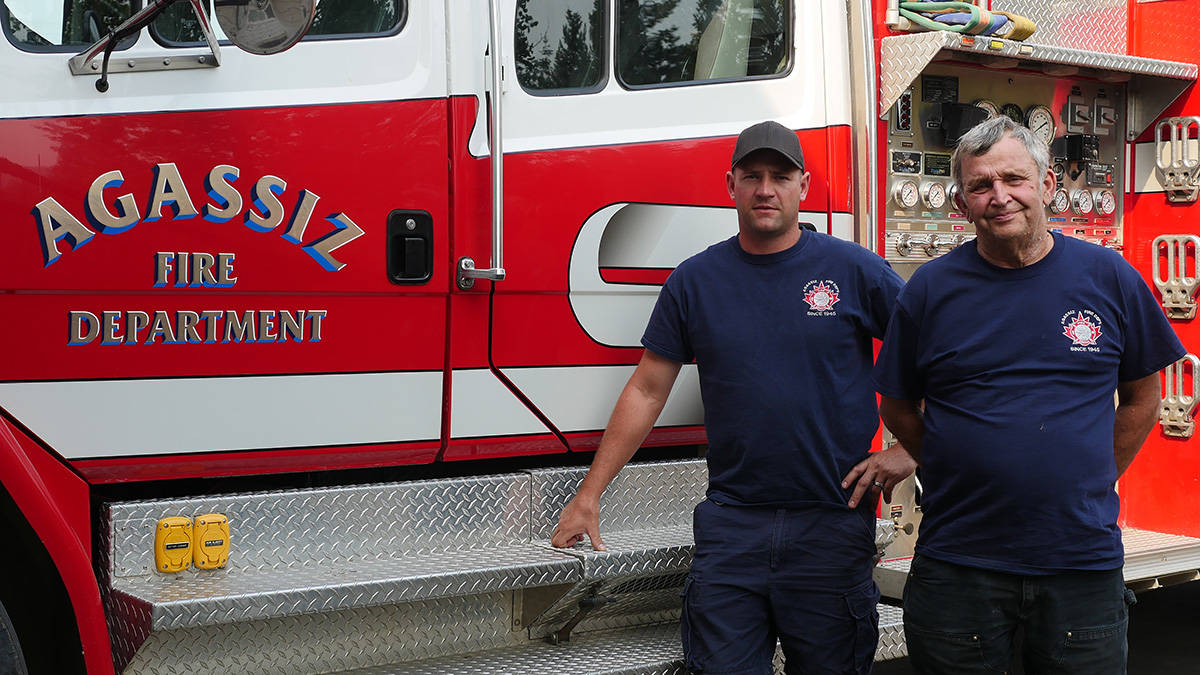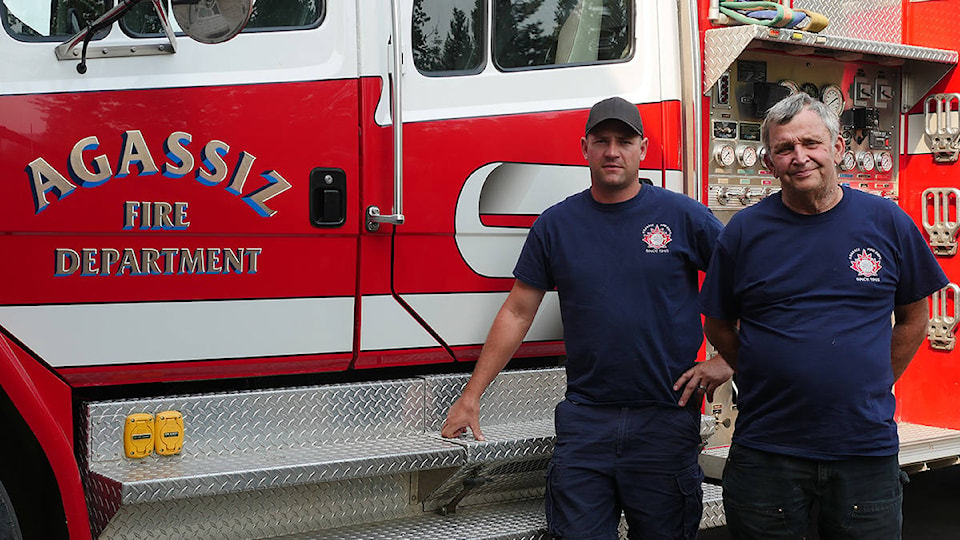Structural firefighters from around the province are joining the effort on the Elephant Hill fire, arriving yesterday and today, according to Fire Information Officer Claire Allen.
“Just based on increased fire behaviour as well as just the numerous structures that are up in the area to the north of the fire, BC Wildfire Service, through the Office of the Fire Commissioner, two days ago put in requests for additional structural protection personnel.”
In total, 20 fire engines, each with four firefighting personnel, and ten water tenders with two personnel attached will be helping with the structural municipalities from around B.C., says Allen. The fire engines and firefighters are from communities including Agassiz, Merrit, Erris, Quesnel, Smithers, White Rock, Ashcroft and Vancouver.
“Lots of different areas from around B.C. lending a hand here to help with that structural component, where our wildland firefighters are both not equipped and don’t have the necessary safety apparatus to do any kind of structural firefighting. We just handle the trees burning in the vicinity of structures.”
Allen says she’s not sure if it’s common to request help from structural firefighters from other communities.
“Given the provincial state of emergency, it’s something we’ve used this season especially on this fire before. We’ve had numerous rotations of structural firefighters that were working predominantly in the Loon Lake area several weeks ago on this fire. Those were folks from Burnaby, Vancouver as well as firefighters from Vancouver Island.
“Definitely something that’s been going on on this fire for some time. Just especially with the structural interface impact that this fire has had. We want to get all the trained help we can in order to keep homes protected and they’ve definitely done an amazing job getting the sprinkler protection units set up on homes.”
They set up trigger points and set up pumps for sprinkler protection units, she says. When the fire is approaching, and it’s unsafe for wildland and structural firefighters, they can have those running, says Allen.
“They can have those running and they run for approximately five to seven hours based on topography. That really allows a bubble of moisture to be around the structure and protect it from any encroaching fire as well as any flying embers that might be coming to the vicinity of the fire.”
Some of the structural firefighters have been very active in the Pressy Lake area, she says.
“The structural crews have been going in and around there and equipping structures as needed. Especially right now, we’ve seen some latent heat still lingering in the Pressy Lake area. So the structural crews are not only equipping and firing up those SPU is what we call them, so Structural Protection Units, as needed, they’re also extinguishing hot spots that are burning close to structures just given how deep everything is dug into the ground. The fire is burning more than a foot underground in many places, so deep in subsurface and root areas.
“They’re digging down actively. That’s the best way we can extinguish those. A little bit of water on top there dries out quickly and doesn’t address the underlying fire and that’s been a real challenge with this fire as we’ve seen throughout its history. We’ll doust it with water but just given the dry conditions, those top layers of water there dry out quite quickly and the amount of water needed to get down into those subsurface layers is vast especially given how big this fire is. So it’s almost like an unfortunate game of whack-a-mole.”
Alan Pryor and Eric Morrow from Agassiz say it’s their first time travelling to a wildfire despite having been with their fire department for 47 and 17 years respectively.
“A little nervous… not knowing what to expect,” says Morrow.
He says they usually attend a lot of car accidents and not many wildfires.
“We’re here to help as much we can.”

